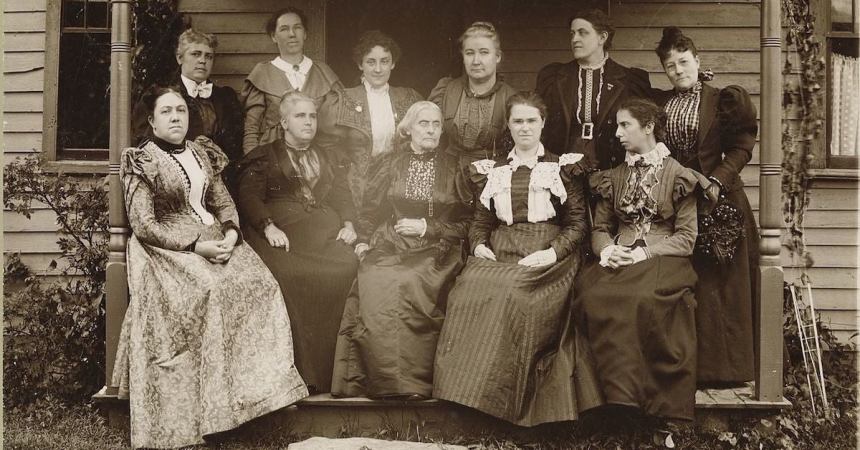For the centuries prior to the discovery of germ theory, the biggest battlefield concern for doctors and surgeons was infection. Wounded men could conceivably survive their most grievous injuries, but if infection set in, the wounded could lose a limb or even their lives.
Antibiotics ushered in a new era of battlefield medicine, making infection easy to treat and saving countless lives over decades of warfare. Still, infection remains a serious complication for treating the wounded. With the rise of antibiotic-resistant bacteria, researchers are looking everywhere for ways to combat that resistance and maintain supremacy over infection.
Now they’re looking into the past, even as far back as the middle ages. When we think of that era of world history, good medicinal practices are not our first thought. If anything, we mock the medicine of that age, where urine was used to treat a wide range of ailments, as was magic, prayers and folk remedies.

The last category still holds interest for modern medical researchers, however. Many believe some of these ideas are worth taking a second look at, especially for those with a documented history of efficacy. One such remedy is Bald’s eyesalve.
Bald’s eyesalve is a 9th century Anglo-Saxon ointment that uses onion, garlic and parts of a cow’s stomach bile to treat infections on wounded soldiers and other sufferers. Other recipes included leeks (which is in the same family as onion and garlic) and wine. It was first seen in a 1,000-year-old medical text, one of the earliest of such texts, called Bald’s Leechbook.
The salve is created by adding equal parts of garlic and onion, crushing them with a mortar and pestle for two minutes and then adding less than an ounce of wine and bovine salts dissolved in distilled water. After chilling it for nine days, it’s ready for use. Researchers at Nottingham procured their wine from a historical winery to replicate the wine used by Anglo-Saxons.
Initial thoughts based on the eyesalve’s ingredients led researchers at the University of Nottingham in England to believe it would have a “small amount of antibiotic activity.” In reality, Bald’s eyesalve completely destroyed any trace of MRSA, the antibiotic resistant variant of a Staph infection, one of the most difficult to eradicate.

“We were absolutely blown away by just how effective the combination of ingredients was,” Dr Freya Harrison told the BBC in 2015.
Harrison went on to publish another paper in 2020, this time at the University of Warwick, with fellows Jessica Furner-Pardoe and Dr. Blessing Anonye. It looks at how bacteria commonly found in wound infections try to defend themselves against antibiotic treatment and how Bald’s eyesalve overcomes those defenses. It builds on the research first reported in 2015.
It specifically targeted five of the most common infections, including two of the most pervasive resistant types, which use a biofilm as protection. It found the individual ingredients alone have no real effect against the biofilm types but together it makes a powerful antibiotic ointment with no harm done to human cells.
Looking into other combinations of plant-based remedies could mean a whole new field of antibiotic study, the researchers reason.
“Most antibiotics that we use today are derived from natural compounds, but our work highlights the need to explore not only single compounds but mixtures of natural products for treating biofilm infections,” Harrison said. “We think that future discovery of antibiotics from natural products could be enhanced by studying combinations of ingredients, rather than single plants or compounds.”
Researchers believe the original text, Bald’s Leechbook, was created by early scientists using a rudimentary form of the scientific method. They think the book alone could reveal a trove of potential advances in battlefield medicine.
Featured Image: U.S. Army photo by Staff Sgt. Jeron Walker.










